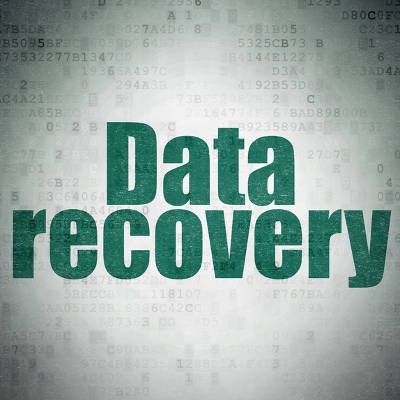Directive Blogs
What You Need to Know About Data Recovery
Data backup is one of the most critical parts of protecting your business, but there are a lot of moving parts that need to be considered before implementing a solution. For example, did you know that data backup and disaster recovery are two different things completely? While they may both be involved in the business continuity process, the two represent equally important, yet disparate, parts.
Do you know what the major difference in them is? Data backup focuses on creating data backups in the event that you are to suffer from a loss incident. Disaster recovery is the act of actually restoring the data backup as well as any other operational function that may have been interrupted by a incident. In many senses, data backup is the event that begins the process while disaster recovery ends it, ensuring that your organization recovers swiftly and efficiently.
There are several features that contribute to a successful data backup and disaster recovery solution. Here are just a few of them:
Recovery point objective: How much data needs to be backed up (and ultimately restored) in the event of a loss incident in order to continue or sustain operations? For a higher RPO, you will want to restore as much data as possible.
Recovery time objective: How long will it take to have your backed up data restored in order continue or sustain operations? Time is a luxury that you don’t have when your organization’s future hangs in the balance. The faster you can recover your data, the less downtime you’ll suffer from.
Depending on the type of solution you have in place, your RPO and your RTO will vary. A quicker RTO will likely result in a lower RPO, as the more data you need to have restored will cause longer recovery delays. You will have to alter your recovery plans based on your particular configuration. It is also worth mentioning that not all backup solutions are as effective as others.
Tape backup, the staple solution for many years, needs to be manually run in order for you to get back in business following a disaster scenario. Furthermore, due to the cumbersome nature of tape backup, it’s possible to lose at least a day’s worth of data. The alternative, network-attached data backup and disaster recovery (BDR) with cloud functionality offers faster recovery times and more thorough recovery options. All you have to do is restore the data to any device via an Internet connection. Since modern data backup solutions can take snapshots frequently, it’s a great way to minimize data loss and ensure protection from the increased downtime that many data loss situations would produce.
Does your business need help implementing a new data backup and disaster recovery solution? Directive can help. To learn more, reach out to us at 607.433.2200.


